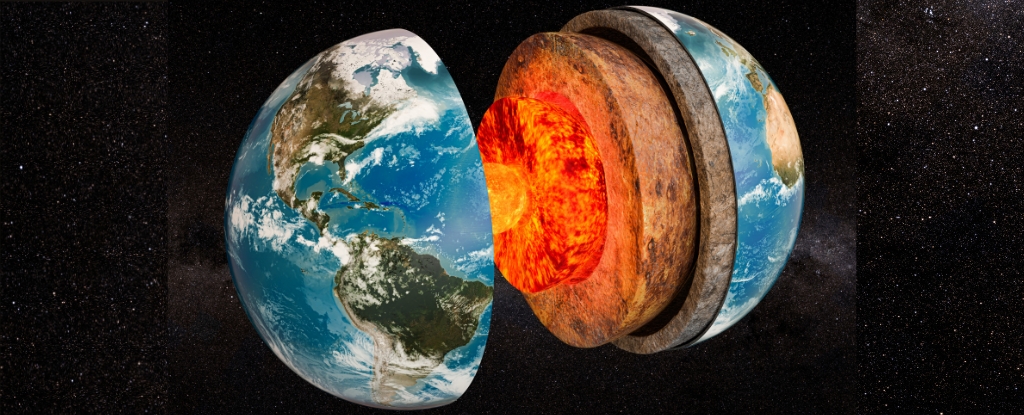Testing the possibility of models of gravity different from general relativity may be closer to home than we think. A team of researchers has proposed that we might be able to use seismic motions in the Earth itself to test for modified gravity.
We do not understand 95 percent of the contents of the Universe. Collectively known as the dark sector, the unknowns include both dark matter and dark energy.
Dark matter appears to be the dominant form of matter in the Universe, with each galaxy containing up to 80 percent of this invisible form of matter. Meanwhile, dark energy is some source of energy that suffuses all of space-time and is responsible for the accelerated expansion of the cosmos.
But the statements that dark matter and dark energy are physical entities rests on the assumption that our understanding of gravity is correct.
Currently, our best understanding of gravity comes from Einstein's general theory of relativity. This theory tells us that gravity is the manifestation of the bending and warping of space-time itself.
But we know the general theory of relativity is incomplete. We know that it breaks down in the centers of black holes and at the beginning of the universe. So we know we do not yet have the full story of gravity in our hands.
Motivated by this, many people over the decades have proposed theories of modified gravity, which constitute a set of extensions and refinements to Einstein's original model.
However, all these extensions face a series of difficult hurdles. We have tested general relativity in many contexts and on many scales, so it is difficult to construct a theory that is significantly different enough from vanilla general relativity to potentially explain away dark matter and dark energy, and yet satisfies all known observational constraints.
The more ways we can develop to probe modified gravity the better. And so a team of researchers have found that we don't necessarily need to look to the stars to test various modified theories of gravity. We can instead look down into the Earth. They discovered that under modified gravity, seismic waves travel through the Earth at different rates and in different ways.
Since we know so many properties of the Earth so well, like its mass and its moment of inertia, we can turn this knowledge around to use seismic data to constrain modified gravity theories.
So far the data do not suggest any need for a deviation from Einstein's original work. But the more tools we develop, and the more ways we can search, the better.
This article was originally published by Universe Today. Read the original article.



Recommended Comments
There are no comments to display.
Join the conversation
You can post now and register later. If you have an account, sign in now to post with your account.
Note: Your post will require moderator approval before it will be visible.